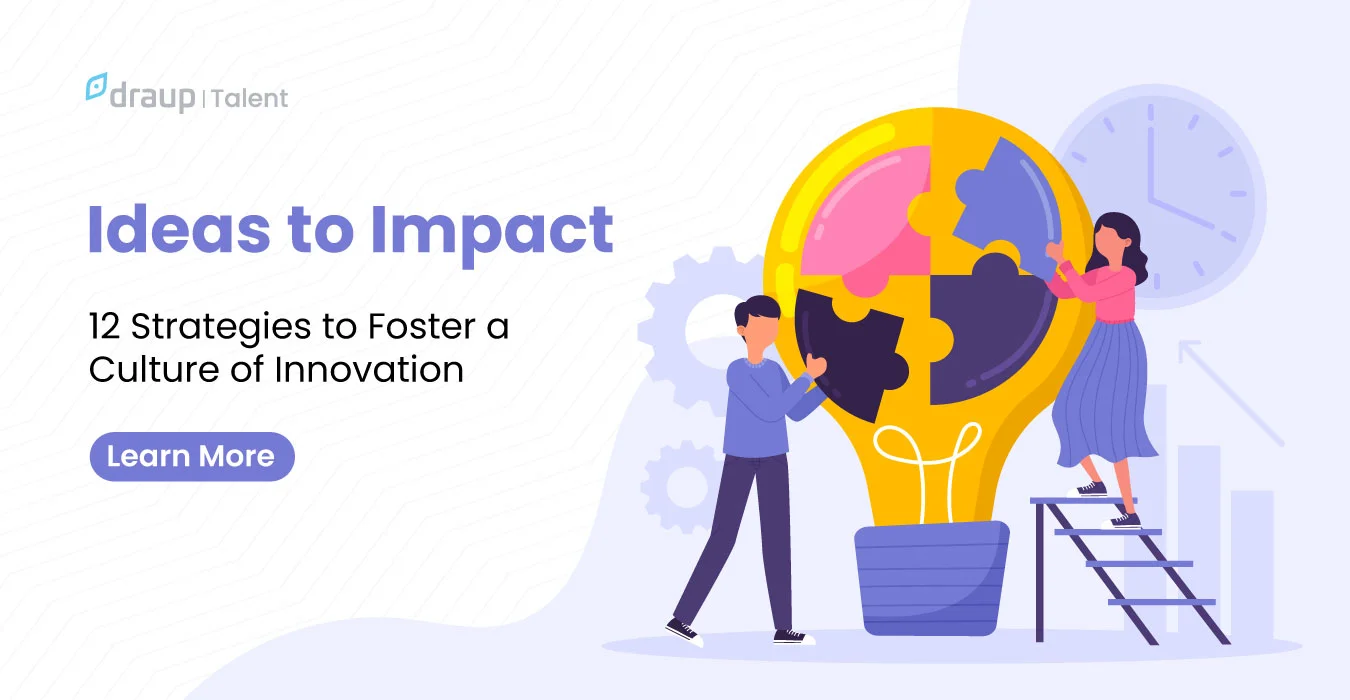When it comes to encouraging employees to reskill, what kind of strategies are beneficial?
Should learning management teams leave them to their own devices?
Or should they micro-manage every aspect of employee reskilling?
Or should they even implement reskilling in the first place?
We can safely dismiss the third option as the least practical.
Reports & surveys have consistently indicated that reskilling is here to stay. An unsurprising ~67% of CEOs stated that they had set the ball rolling to implement organization-wide reskilling.
Unsurprising, because the digital skills gap is widening at an alarming pace. In emerging technologies such as AI, Big Data Analytics & Cloud, this gap currently sits at 3MM+. Over the next seven years, this figure is expected to balloon to 7 MM+.
When Reskilling Fails
Well-meaning stakeholders established in-house reskilling teams to explore how reskilling can help fight the scourge of talent gap.
Unfortunately, for a long time, the go-to strategy was to simply recommend course-charts and career maps that hardly covered the entire gamut of reskilling.
And for a while, survey after survey indicated that reskilling was not giving the ROI that was promised!
In hindsight, it is surprising that people managed to get any ROI at all. There were virtually no strategies and learning management teams were an afterthought.
These ‘teams’ often consisted of a few people managing an online catalog of courses that employees can complete to earn ‘badges’ & ‘rewards.’ While these are certainly beneficial in helping build knowledge, their efficacy towards propelling an employee towards a defined career path was found to be lacking.
In other words, we can safely say that it is NOT ideal to let employees completely be in-charge of their reskilling journey.
At the very least, they should be equipped with data-backed metrics that will help them choose optimal career paths.
Reskilling Powered By Artificial Intelligence
Today, thanks to the ubiquity of big data, we are finally able to see all the parameters and features that make-up for a successful reskilling initiative.
We now know for a fact, that it is indeed possible to bridge the gap between two diverse job roles by leveraging certifications and filling in knowledge gaps.
For example, a Call Center Agent can reskill themselves to the roles of an Inside Sales Rep by completing training on Lead scoring, sales forecasting and account management.
But the question still remains, how will they find the information pertaining to these courses. Are there online courses available? How long will it take to reskill an employee?
To put it concisely, both employees and talent management teams need answers to the following questions:
- 1. How to identify the skills gap?
- 2. How to tailor custom learning journeys based on the above skill gaps?
- 3. How to convince management to invest in learning activities to fuel the reskilling strategy?
- 4. How to test and iterate reskilling journeys to deploy feedback and continuously improve the process?
Fortunately, the answer to all the above questions is the same – Data.
By leveraging data from over 8000 data sources, Draup has extracted and analyzed data pertaining to 4500+ data roles, 2500+ locations, 100,000+ courses and over 33 industries.
Using our custom machine learning models, Draup has been able to provide reskilling teams at Fortune 500 enterprises with a robust reskilling roadmap that covers everything including:
- Skills analysis
- Digital intentions interpretation
- Peer talent analysis
- Role Mapping
- Disrupted role identification
- Reskilling strategy development
- Upscaling and
- Career path protoyping
Enterprise and HR leaders who chose the reskilling roadmap to address skill demands are witnessing long-term benefits compared to those that follow traditional hiring practices. Draup’s reskilling cost benefits model estimates that reskilling the internal workforce can help organizations save up to 22% in Talent costs.







